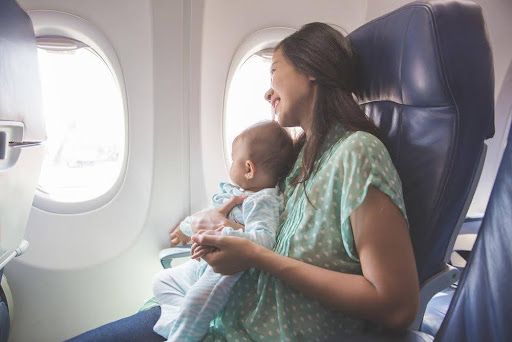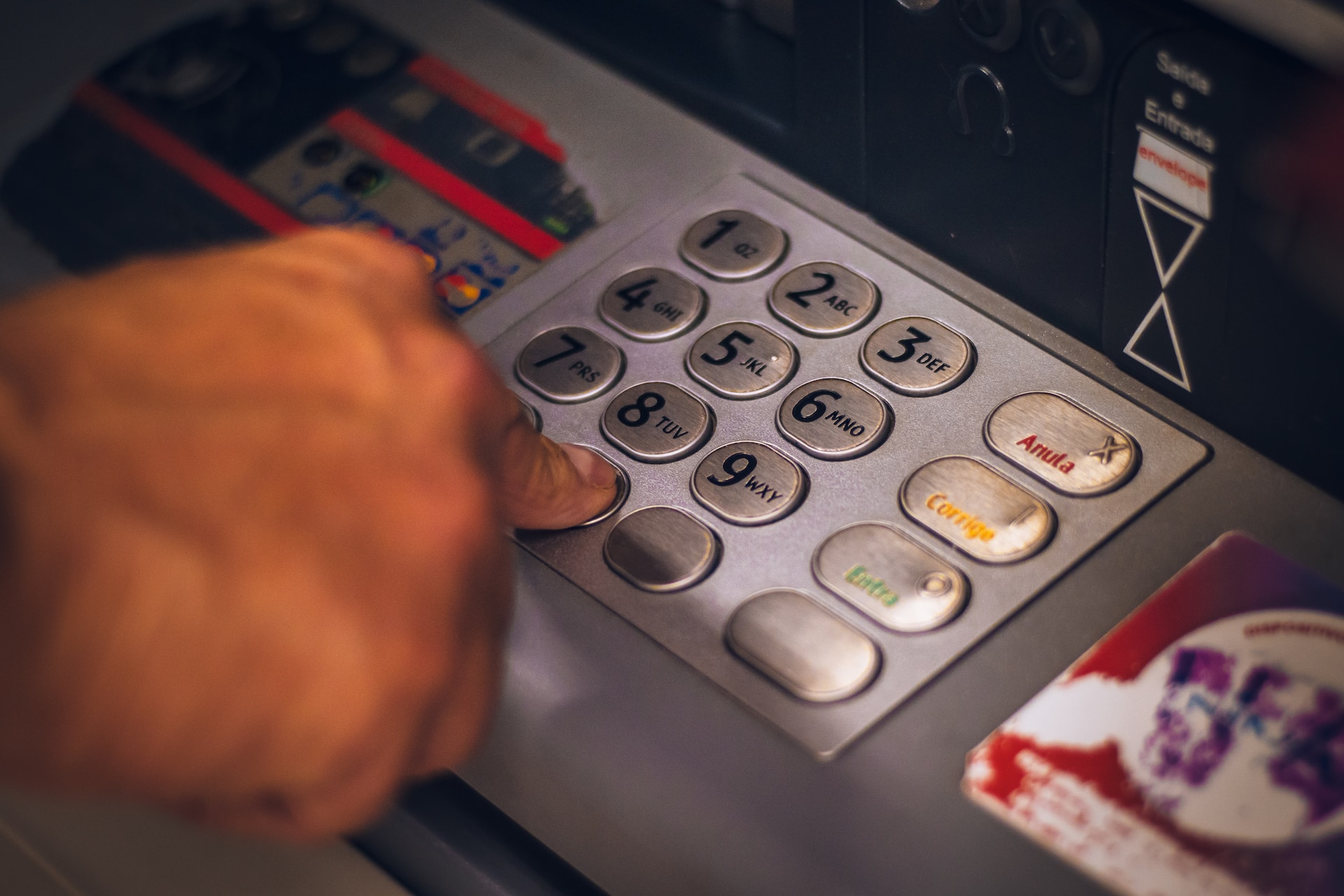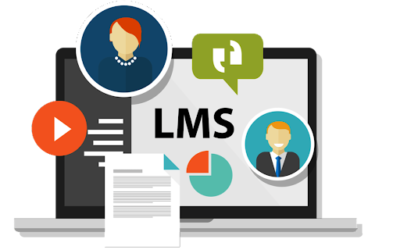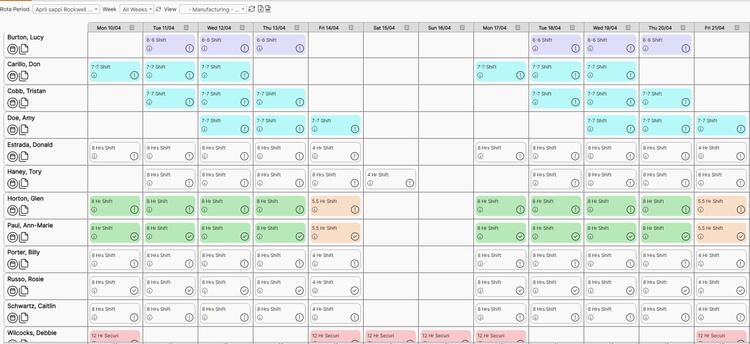Which Is Better When Traveling With a Baby: A Road Trip or Flying?

Traveling with a baby is an adventure filled with both joy and challenges—you may feel like you’re packing everything but the kitchen sink. Are you trying to decide whether to take a road trip or travel by plane? From keeping baby spit-up at bay to helping your little one stay calm and happy, there’s a lot to think about. Let’s explore the pros and cons of car and airplane travel so you can make the best choice for your family.
Things to Consider When Traveling With a Baby
When planning a trip with your little one, several considerations can influence your decision:
- Your Baby’s Age, Development, and Immune System: Your baby’s age and developmental stage can significantly impact how well they handle travel. Younger babies, especially those under three months, may be more susceptible to the stresses of air travel.
- Budget: Your budget may also dictate whether you drive or fly, as the cost of travel can vary greatly between the two options.
- Travel Duration and Timing: The length and timing of your journey can affect your baby’s comfort and routine. For shorter distances, driving at night or during nap times might align well with your baby’s sleep schedule, making car travel more appealing. For longer distances, flying might be less disruptive overall, as it shortens travel time, even if it means flying during less ideal times of the day.
Pros of Driving With a Baby
Driving offers flexibility and control over your environment, which can be comforting when traveling with a little one.
- Flexibility: You can stop to feed, change, or soothe your baby whenever needed.
- Carry More Gear: With no strict luggage limits, you can pack all the baby essentials you might need, from favorite toys to an extra supply of hypoallergenic formula if your baby has a cow’s milk protein allergy.
- Familiarity: Your car is a familiar environment for your baby, potentially making travel less stressful.
- Safety and Comfort: You can control the temperature, play soothing music, and ensure a comfortable seating arrangement, all of which help maintain a calm and secure atmosphere for your baby during the trip.
- Scheduled Stops for Play: You have the opportunity to plan stops at parks or rest areas, allowing your baby to enjoy some playtime and fresh air outside the car.
Cons of Driving With a Baby
Despite its advantages, driving can also present challenges:
- Longer Travel Time: Road trips take longer, which can be tough for both parents and babies.
- Increased Stops: Frequent stops for feeding and diaper changes may extend your travel time significantly.
- Too Long In Car Seat: Extended periods in a car seat are not recommended for very young babies without regular breaks. Car seats are designed for travel safety, not for sleeping, which they should only do on their backs on a firm, flat surface. Plus, babies placed in a car seat are in an inclined position, which could lead to spit-up after eating.
- Travel Fatigue: Both the driver and the baby can experience fatigue from the monotony of a long drive. Constant attention to the road can drain the driver, while the baby might become restless from being in a confined space for too long, making the journey more challenging for everyone involved.
Pros of Flying With a Baby
Flying can significantly reduce your travel time and has its own set of advantages:
- Quicker Travel: Flying gets you to your destination faster, reducing the overall stress of travel. This speediness helps you spend less time in transit and more time enjoying your destination.
- Less Time Confined: Unlike road trips where babies might be strapped into a car seat for hours, flying allows for more freedom. Though safety regulations require infants to be held or in a car seat during takeoff and landing, there’s generally more opportunity to move around, change positions, and soothe your baby more effectively during the flight.
- Amenities: Airports and airlines may offer amenities that make travel with a baby easier, such as:
- Priority Boarding: This allows families with young children to board the plane first, giving you extra time to settle in and organize your baby’s essentials without the rush of general boarding.
- Extra Baggage Allowance: Some airlines offer allowances for baby gear, such as strollers, car seats, and diaper bags, often without additional cost.
- Changing Facilities. Many airports are equipped with changing facilities to help you manage diaper changes comfortably and hygienically. Some airplanes may have changing tables in the lavatory.
Cons of Flying With a Baby
However, flying isn’t without its downsides:
- Air Pressure: The changes in cabin pressure during takeoff and landing can be particularly uncomfortable for babies, often resulting in ear pain. While sucking on a bottle or pacifier can help, it remains a concern for many parents. Plus, if your baby starts crying because of the pain, they may swallow air, leading to gas and more distress.
- Exposure to Germs: Confined spaces like airplanes and crowded environments such as airports can significantly increase your baby’s exposure to germs and viruses.
- Travel Restrictions: Navigating the myriad of travel restrictions, including baggage allowances and the complexities of traveling with liquids such as breast milk or liquid infant formula, adds another layer of logistical planning.
- Limited Mobility: Despite the possibility of walking around the plane, babies and their caregivers are mostly confined to their seats during flights, which can lead to discomfort and restlessness for active little ones.
Making a Decision That’s Best for Your Family
Choosing the best travel option depends on your family’s specific needs and preferences. Consider the following to make an informed decision:
- Assess Your Baby’s Health: Consult with your pediatrician to ensure your baby is ready for travel, especially if you’re thinking about flying.
- Consider Your Comfort Level: Evaluate which travel option makes you feel more at ease. Your comfort is essential in managing potential stress.
- Plan According to Your Destination: Some destinations may be easier to reach by plane, while others might be more accessible by car.
Travel by Car or Plane? There’s No One-Size-Fits-All Answer
Each family’s situation is unique, and what works best for one may not be suitable for another. By considering the factors, such as your baby’s age and health, your budget, and the pros and cons of each travel method, you can make a decision that meets your family’s preferences. Your pediatrician is also an excellent resource for guidance. Remember, the goal is to create lasting memories with your little one, regardless of the mode of transportation.



































